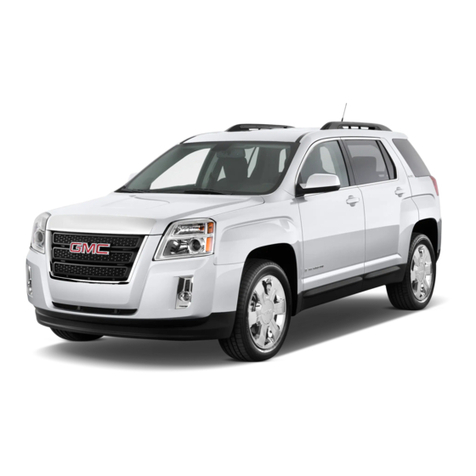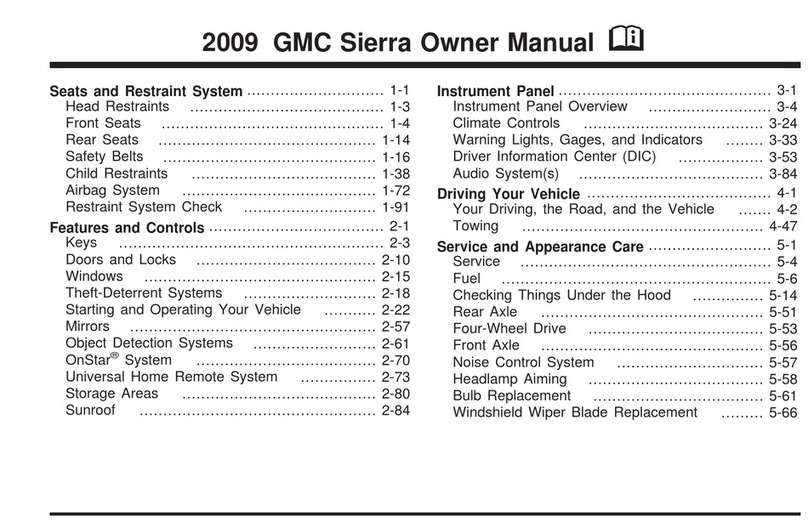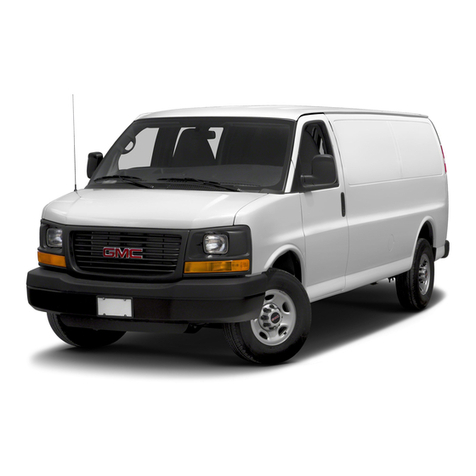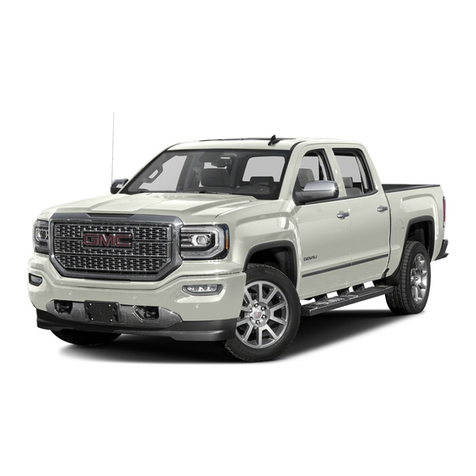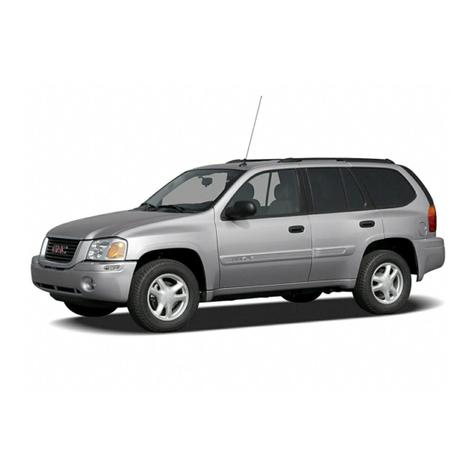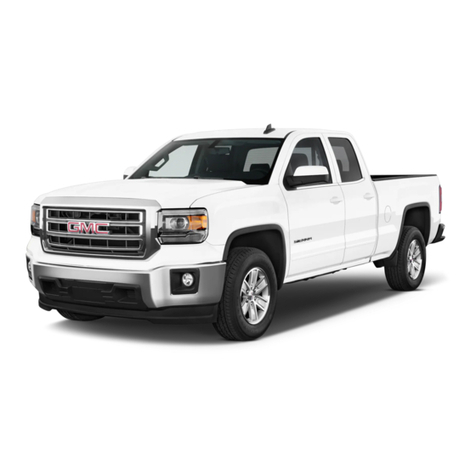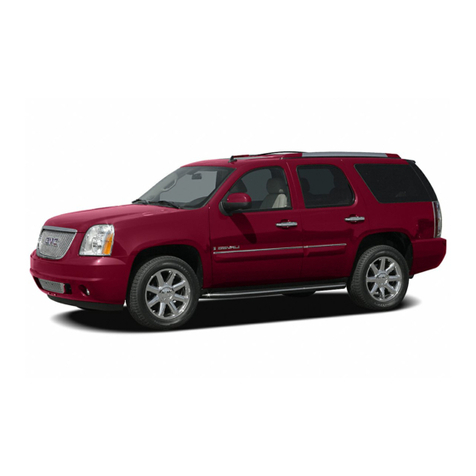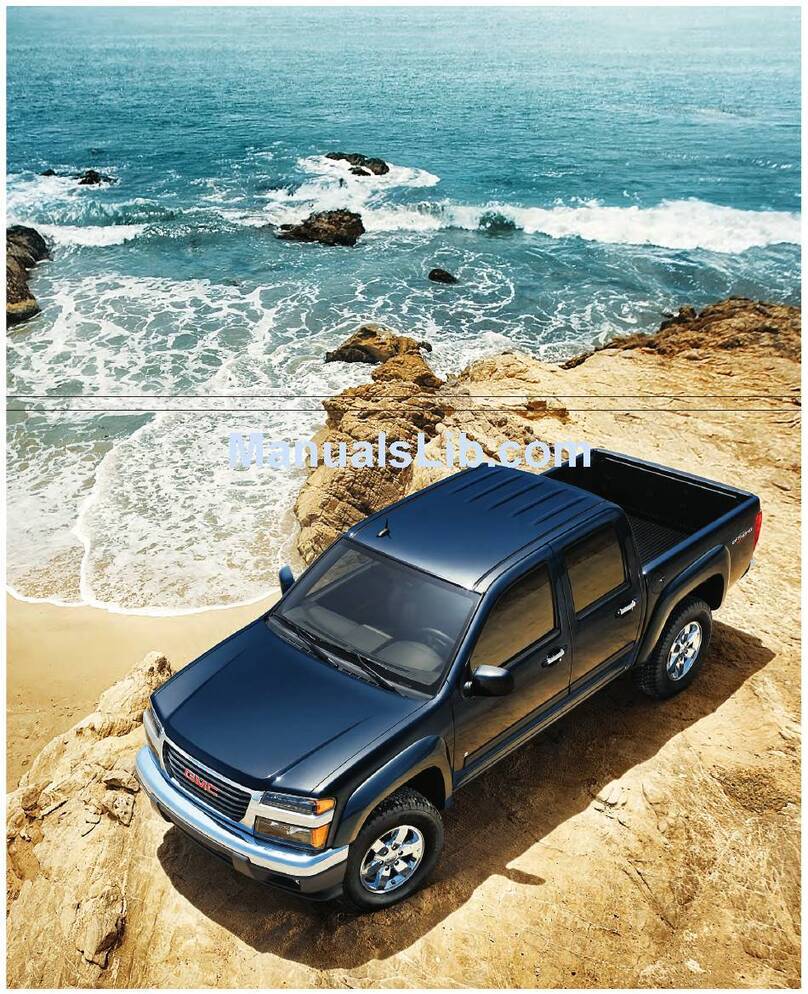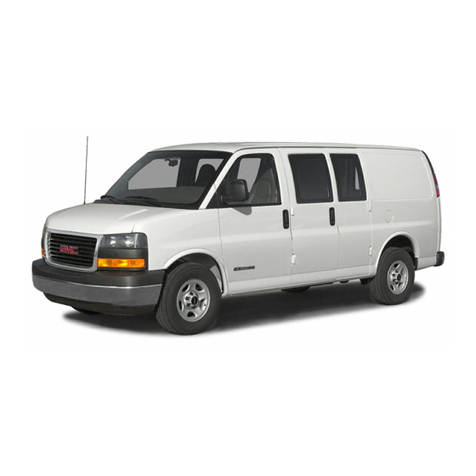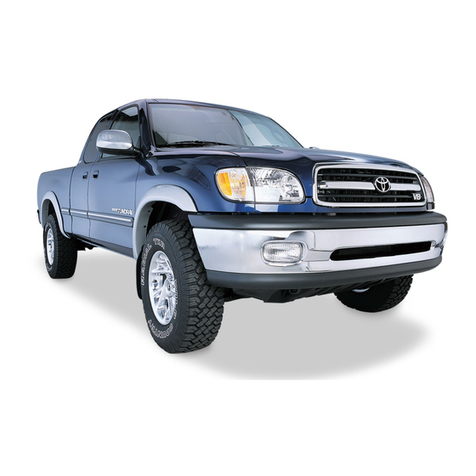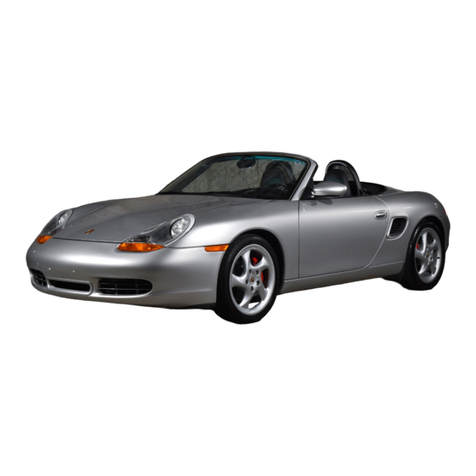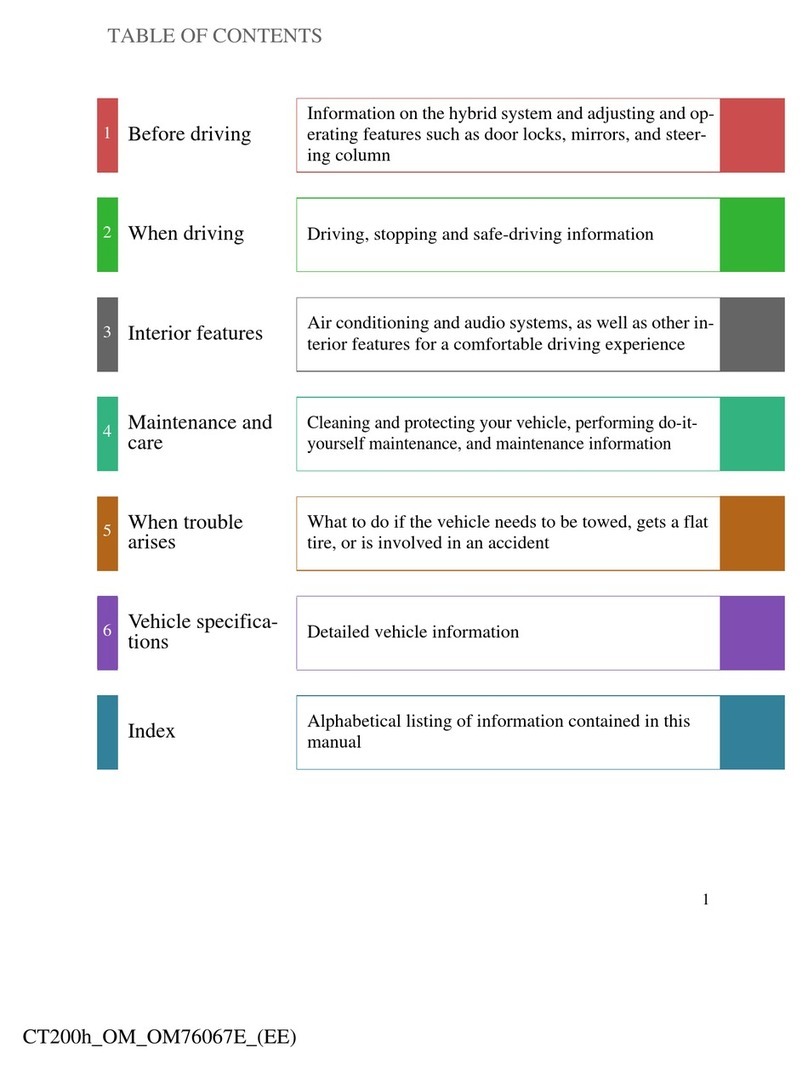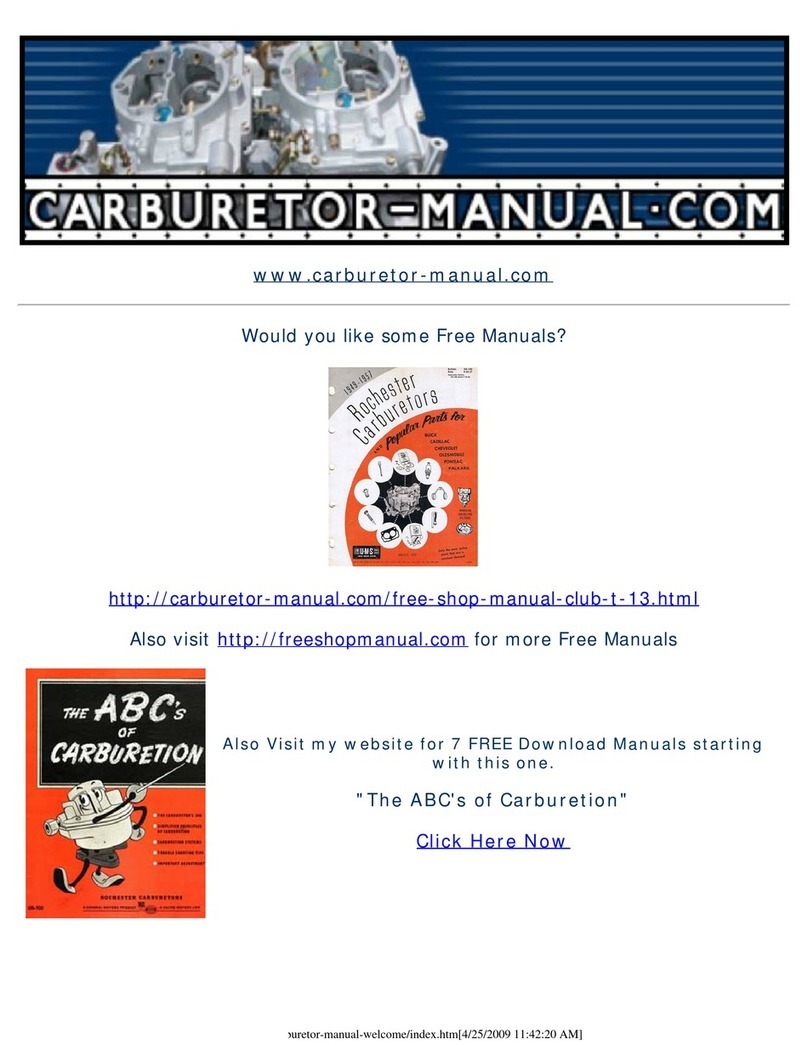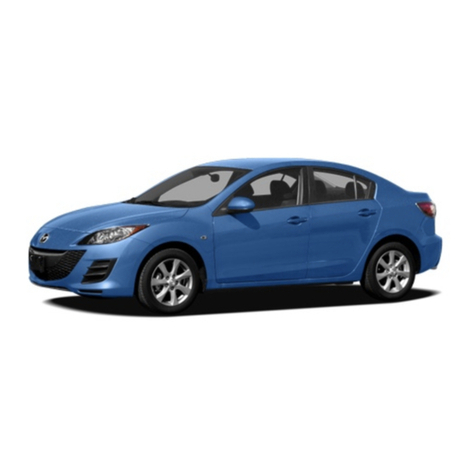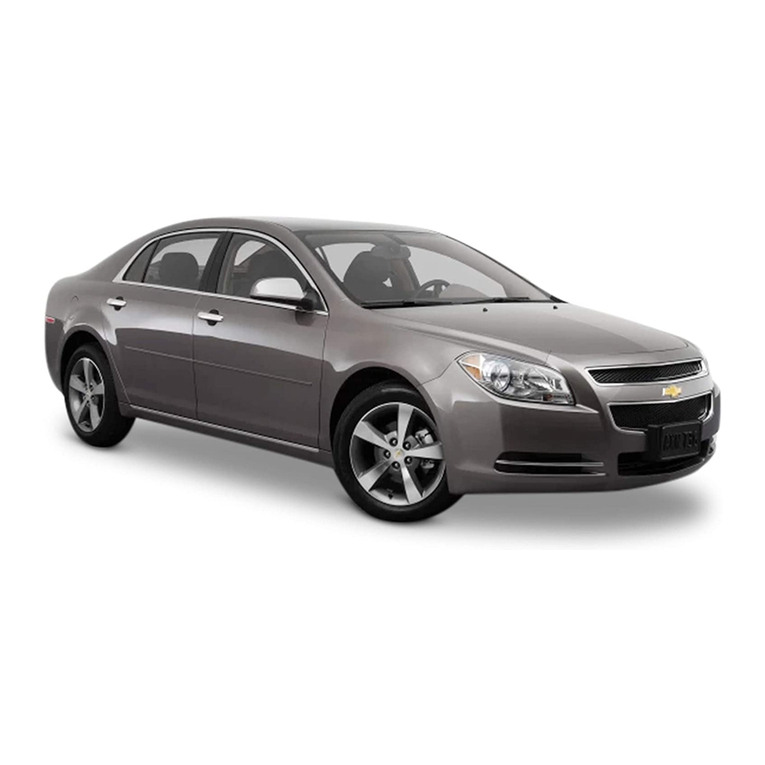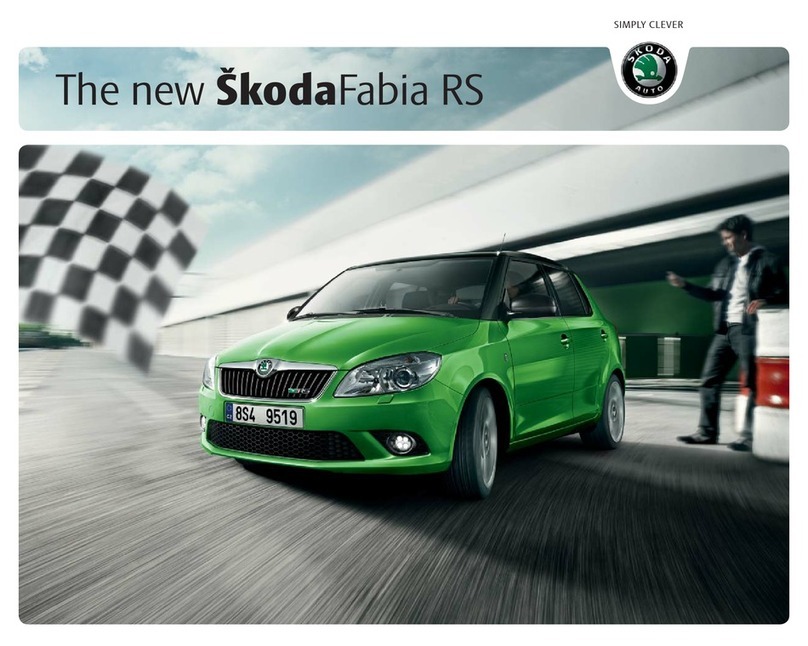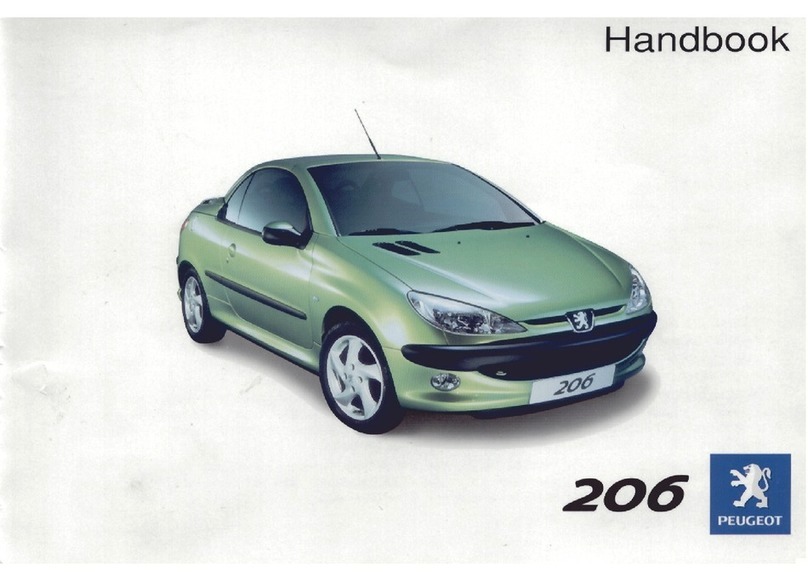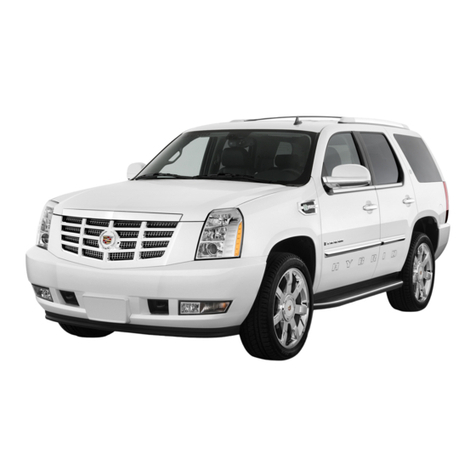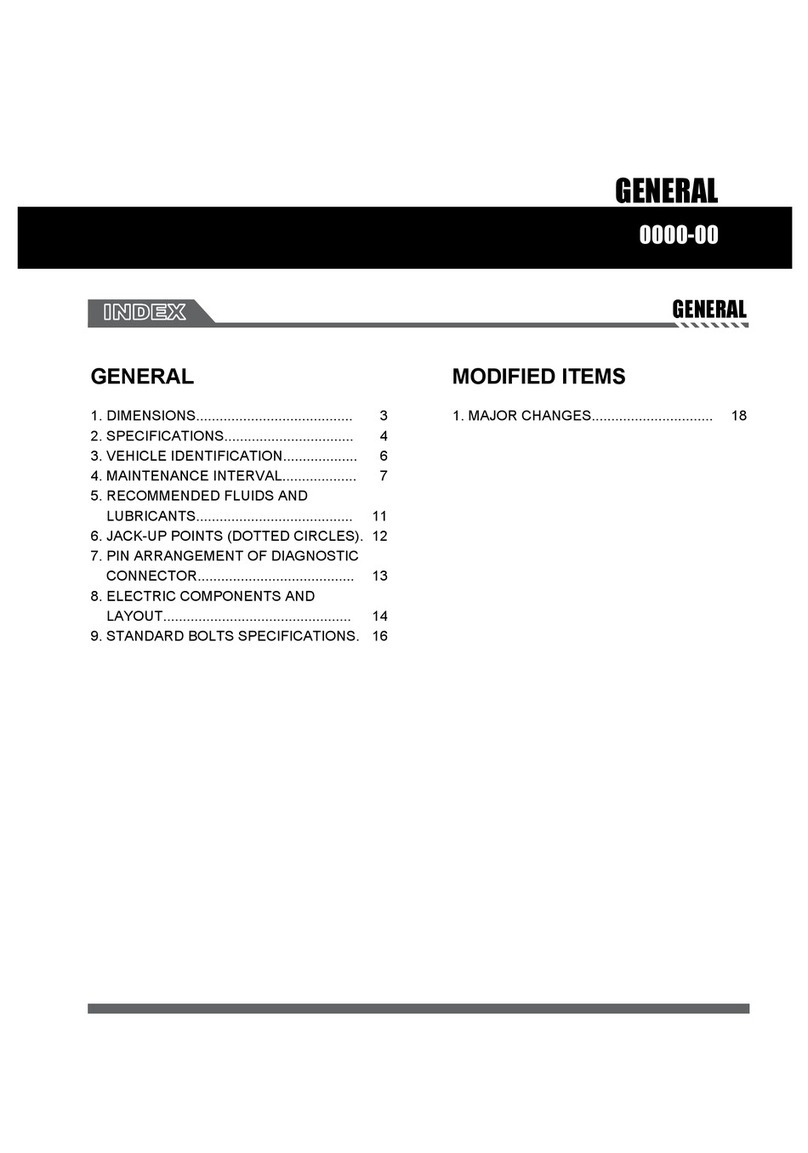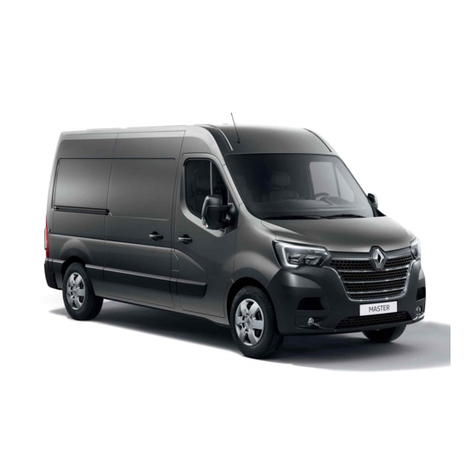
Head Restraints ............................................1-2
Front Seats ......................................................1-3
Power Seats ..................................................1-3
Power Lumbar ...............................................1-4
Heated Seats .................................................1-5
Heated and Cooled Seats ................................1-5
Memory Features ...........................................1-6
Reclining Seatbacks ........................................1-8
Rear Seats .....................................................1-10
Rear Seat Operation
(All Except Extended Cab) ..........................1-10
Safety Belts ...................................................1-11
Safety Belts: They Are for Everyone ................1-11
How to Wear Safety Belts Properly .................1-16
Lap-Shoulder Belt .........................................1-25
Safety Belt Use During Pregnancy ..................1-31
Lap Belt ......................................................1-31
Safety Belt Extender .....................................1-32
Child Restraints .............................................1-33
Older Children ..............................................1-33
Infants and Young Children ............................1-36
Child Restraint Systems .................................1-40
Where to Put the Restraint .............................1-42
Lower Anchors and Tethers for Children
(LATCH) ..................................................1-43
Securing a Child Restraint in a Rear Seat
Position ...................................................1-50
Securing a Child Restraint in the Right Front
Seat Position ............................................1-52
Airbag System ...............................................1-56
Where Are the Airbags? ................................1-59
When Should an Airbag Inflate? .....................1-61
What Makes an Airbag Inflate? .......................1-62
How Does an Airbag Restrain? .......................1-62
What Will You See After an Airbag Inflates? .....1-63
Passenger Sensing System ............................1-64
Servicing Your Airbag-Equipped Vehicle ...........1-70
Adding Equipment to Your Airbag-Equipped
Vehicle ....................................................1-71
Restraint System Check ..................................1-72
Checking the Restraint Systems ......................1-72
Replacing Restraint System Parts After
a Crash ...................................................1-73
Section 1 Seats and Restraint System
1-1


